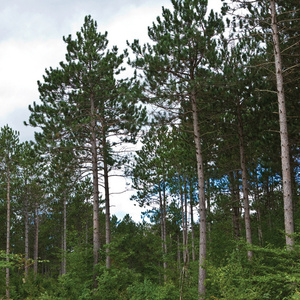Researchers propose method to estimate forest biomass cover




November 1, 2012
BY Erin Krueger
Advertisement
Advertisement
Related Stories
Australia Department of Defence’s Pacific Support Vessel, ADV Reliant, has achieved a major milestone in strengthening the nations fuel resilience by refueling with renewable diesel for the first time.
PBF Energy Inc. on Oct. 29 announced the St. Bernard Renewables facility produced approximately 15,400 barrels per day of renewable diesel during the third quarter. Production is expected to expand slightly during the final quarter of the year.
CVR Energy Inc. on Oct. 29 announced plans to revert the renewable diesel unit at its refinery in Wynnewood, Oklahoma, back to hydrocarbon processing service during the next scheduled catalyst change in December.
Bill aims to reinstate 45Z ‘special rate’ for SAF, other renewable energy tax incentives eliminated by OBBB
Rep. Mike Thompson, D-Calif., on Oct. 28 introduced a bill that aims to reinstate many of the renewable energy tax credits eliminated by the One Big Beautiful Bill, including the reinstatement of the 45Z clean fuel production credit “special rate” for SAF.
Plug Power Partners with Edgewood Renewables to build best in class renewable fuels facility in Nevada
Plug Power Inc. on Oct. 23 announced a strategic partnership with Edgewood Renewables to support the development and construction of its advanced renewable fuel facility in North Las Vegas, Nevada, that will produce SAF and renewable diesel.





